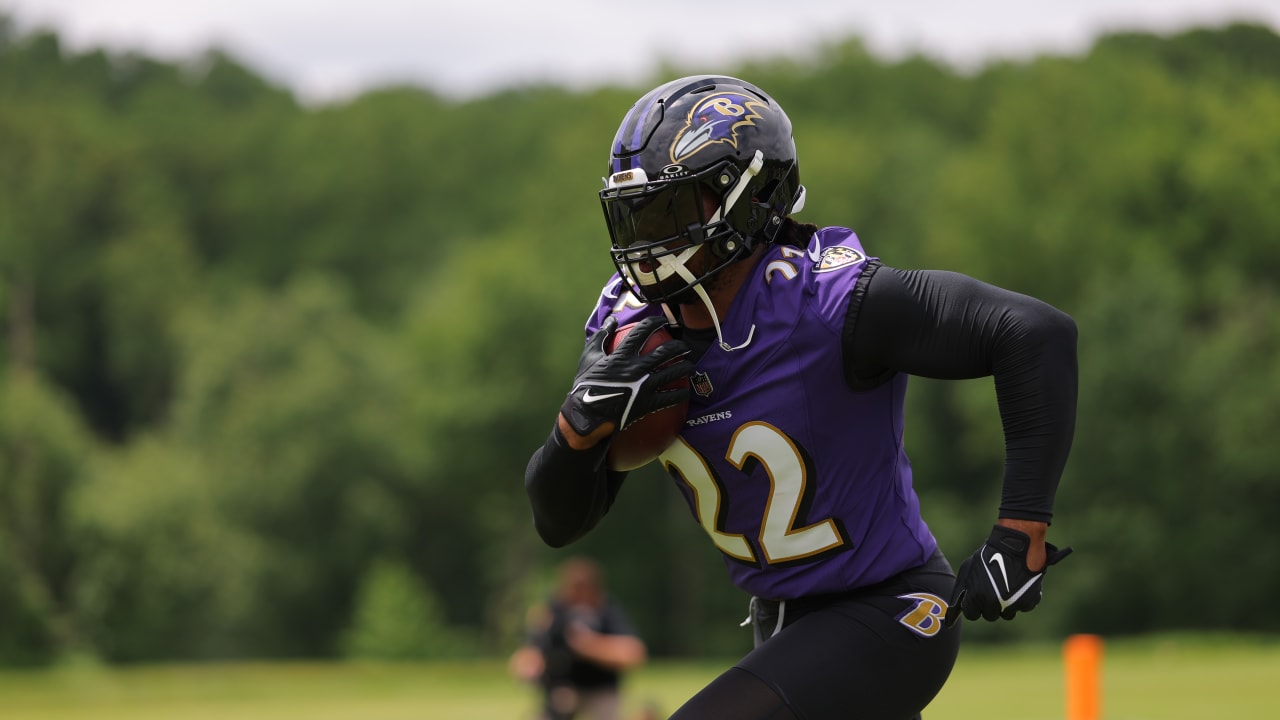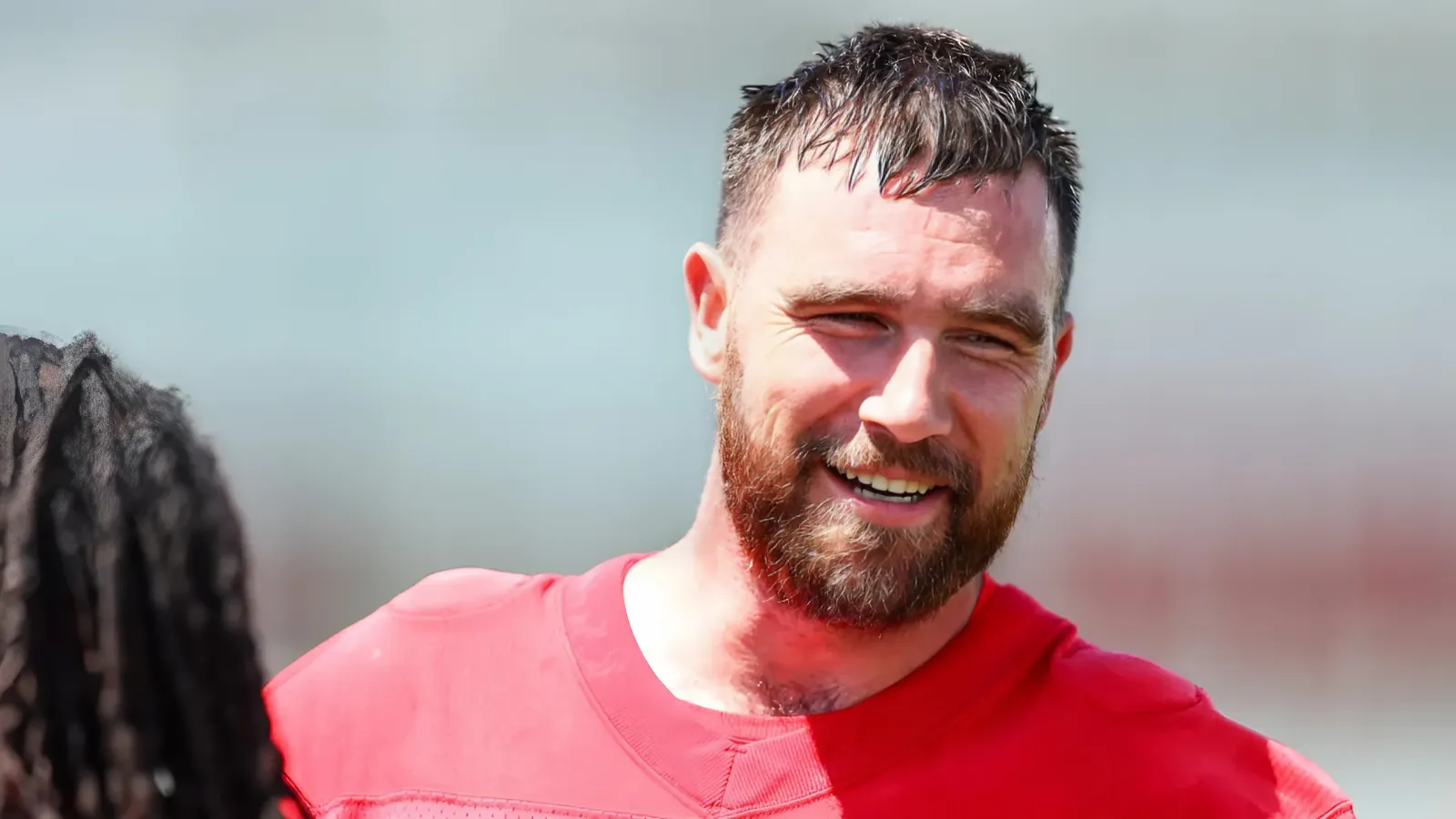
Lamar Jackson's the man of the moment, but the two-time NFL MVP quarterback isn't the player the Washington Commanders must stop against the Baltimore Ravens in Week 6. That dubious honor belongs to running back Derrick Henry.
The bulldozing perennial 1,000-yard rusher is the oil in the engine for the Ravens' offense. Henry's the player who breaks opponents' will and whose sudden-strike capability instantly turns games.
The Commanders need a sound strategy based on numbers and aggression to help contain this two-time rushing champion. Washington's defense will also have to stay patient and maintain discipline and concentration for 60 minutes against a runner who can produce a big gain at any moment.
Here's how the Commanders should go about making life difficult for Henry at M&T Bank Stadium.
Eight-man fronts are must for the Commanders
It's stating the obvious, but the Commanders must load the box against Henry. They can do it by making intelligent use of Jeremy Chinn.
The latter has to play at the linebacker level in base defense, to give the Commanders a 4-4 look. When the Commanders go nickel, Chinn should be the big-bodied slot, while Darrick Forrest or Percy Butler plays as the third safety next to the linebackers.
No matter what front head coach Dan Quinn and defensive coordinator Joe Whitt Jr. call, it must be loaded with at least eight men any time Henry is on the field. A coverage tweak can help put even more numbers in the box.
Press coverage is the Commanders' best friend
The Commanders "have at least one defender in press coverage 5.1 percent of the time, which ranks 18th in the league, per Pro Football Focus," according to Jeff Zrebiec of The Athletic. That percentage needs to increase significantly when Henry's in the backfield.
Playing cornerbacks in press coverage can help the Commanders form nine- and 10-man fronts along the line of scrimmage. Rolling cornerbacks up in press creates more run fits on the edge.
Stringing Henry sideways is the best way to keep him quiet. Filling every gap along a solid line also removes the cutback lanes No. 22 has attacked so effectively five games into his career with the Ravens.
There are risks to pressing Baltimore's wide receivers and dropping Chinn into the box. One well-executed play-action between Henry and Jackson will leave the Commanders vulnerable to more home-run plays.
That's a risk worth taking against a team without a true No. 1 target on the outside. Especially when the priority is stifling Henry.
Numbers up front can do it, but aggressive techniques should also be part of the Commanders' plan for Henry.
Stunts and run blitzes worth the gamble
Henry dealt the Cincinnati Bengals a fatal blow with a 51-yard scamper in overtime last week, but Baltimore's AFC North rivals had been keeping the dynamic runner under wraps.
The Bengals frustrated Henry with numerous aggressive stunts allied with sound gap control. It worked, for a time at least, because linemen like defensive ends Trey Hendrickson and Sam Hubbard routinely slanted inside, while linebacker Germaine Pratt and safety Geno Stone wrapped around on stunts.
Henry eventually got momentum, but the big play in overtime skewed an otherwise mediocre rushing average. He's a great back because if you take one play off where your techniques aren't on point, he'll burn you.
The Commanders should use the same techniques as the Bengals but with a little more patience and discipline. This will be needed to avoid over-committing to another key player sharing the backfield with Henry.
Commanders can't overcommit to Patrick Ricard
An NFC East rival of no less stature than All-Pro pass-rusher Micah Parsons believes stopping Henry is as simple as keying on fullback Patrick Ricard.
Following Ricard's lead is a sound theory, but that relies on a player being willing to take on the 300-pound blocking back. Not many around the league fancy the job.
Finding the right physical fit to key Ricard is tough. A defensive lineman is perhaps the best fit, but spying on Ricard would interfere with the slants, twists, and games the Commanders need their front to perform.
There's another danger to following Ricard. Ganging up on No. 42 leaves a defense vulnerable to Henry cutting back against the grain.
The Commanders can't ignore Ricard, but following him isn't the key to stopping Henry. Numbers, aggressive run blitzing, and disciplined gap control are more important.



